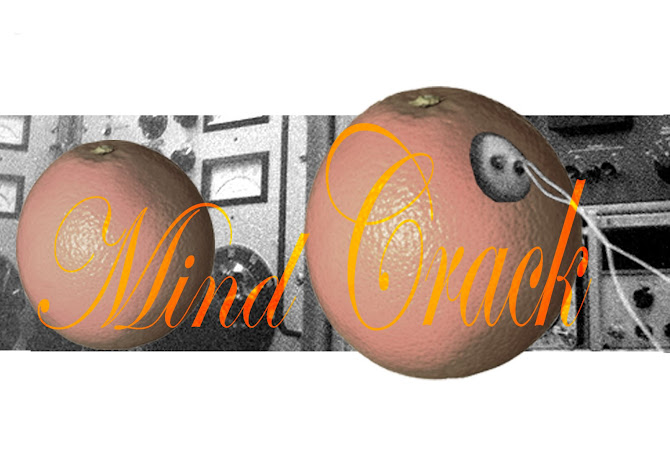
Monday, May 16, 2011
Friday, May 13, 2011
The Architectural Conflict
The Archictural Conflict

Conflict
A series of disagreement of argument, typically a protracted one.
An incompatibility between two or more opinions, principles or interests. (or architectures)
In the last decades of plurality in architectural thinking and modes of representation, conflict between ideologies has been constant. We haven't had any big, explicit disagreements, however tension can be felt. Wars are a thing from the past; guerrilla vs hegemonic world potence is a constant and well followed discourse.
Architecture is no different from politics or religion. There is an ongoing "guerrilla" battle that is being followed through the sarcasm and irony of architects. Statements or manifestos are written as architectural satires, as if they were Galician-Portuguese "cantigas de maldicer" from the 12th century. Direct confrontation is avoided yet present.
In this project I wanted to take generic social patterns and architectural "typologies" in order to recreate a metaphorical situation. The Corporation Headquarters vs Terrorist Base.They are two generic and extremely caricatured opposites.
They would be placed inside the same building, however they would interact and conflict indirectly.
The Seagram Building, would be the framework for this everlasting discourse. The Seagram is the stereotype of power vs social. It has a highly hierarchical office plan, and a public space, that act as two completely distant programmes.
This icon, would be split in half, leaving a void in-between. The top a Corporation Headquarters, the bottom a Terrorist Base. The centre would be a Neutral Zone, where the conflicting parts enter in a hypothetical agreement by de-contextualizing the individual.
 The Conflict
The ConflictThe spacial organisation of the Terrorist Base would be completely different from the one in the Corporation Headquarters. Movement and circulation wouldn't be just vertical and horizontal. Ramps and corridors that overlap and morph with the floor plates would be used. That would create a disruption of the highly praised Miesian plan and skin. Like in a city the government cant allow obscene graffiti on Fosterean glass and stainless steal windows; architectural obscenities can not happen. When the facade gets disrupted by the ramps, the Corporation patches it by simply extruding the facade and "gluing" it to the ramp. Also, a commercial billboard can be placed on the surface (Why not?, it sells).






There is a constant dialectical discourse between those two opposing ideologies, however the conflict never breaks out of the envelope. It is contained within architecture.
Like the 11-S bombings or the major twenty-first century ideological disasters that we have all witnessed; direct confrontation as we understood it, is a twentieth century extinct phenomenon, does not happen anymore.
Everything that we experience is through the media documenting symbolic attacks; if in the 40's they called conflict war, and in the 50's they called it cold war, now it can be called acts of symbolic violence, or underbelly/indirect war (or as Baurillard would say just a hyperreal farce propelled by the media and our government stupidity)

The Erasing or Re-invention of Conflict.The Neutral in-between Zone
How to erase or re-invent context was the major question i had. The two social patterns are hyper-contextualized, even alienating. They are solid ideologies, where there is no space from one another. Collision, insertion, adaptation can't happen. Can't be utopian.
While looking at urban and non urban typologies like the gym, the church, the chat-room and the prison,one can tell that something architecturally and socially beautiful happens. There is a ephemeral moment before or while entering them when ones mind-set is re-formated(Porticos in churches signal and celebrate this moment). They are places where the hierarchy you were part before (ideally) does not matter anymore. Ideally, everyone has the same rights. The architecture of this moment would be a solution to the problem i had to deal with. Conflict would be erased through de-contextualization.
By making the individual step away from the context he was part before in order to look at it from a different perspective is the goal of this architecture. He would act as the performer and as the audience in a cycle that would transform him momentarily.
This is what is being said about the space in between in this drawing.[Contextual Potlatch]

"The aim of the space in-between is to make possible the insertion of two conflicting ideologies, spatial organizations, programs and architectures. This space illustrated in this drawing is nothing but that the architecturalization of the process the individual that enters a generic urban and non-urban typology like the gym, the chat-room, the church, and the prison follows. They are architectures where identity is reinforced and at the same time re-invented, and where hierarchy (ideally) is irrelevant. The visitors mind set is completely modified before entering them; from being a solid part of a specific network or group, to extrude oneself from it and look at it from a “comfortable” spot. From hyper-context to fuck-context.
The Neutral zone will erase or substitute temporarily the super-charged and dense hierarchical context where the visitor was before.
In order to fuse two opposing generic social patterns together (Terrorist Base & Corporation Headquarters), my architecture will re-invent their context.
This is achieved by creating a symbolical architecture that accommodates a contextual potlatch, a place where ones ideology is replaced by its satirical caricature.
An architecture where one passes from being the caricature of him/herself to be the one that caricaturizes, and looks at the process that he/she already took part in order to “complete” the de-contextualization.
Again, my architecture is nothing but the representation of something that happens without being architecturally celebrated; this is the materialization of an evident architectural happening that does not exist in the built or representational form (maybe only in the Baroque Porticos)."


Subscribe to:
Posts (Atom)
